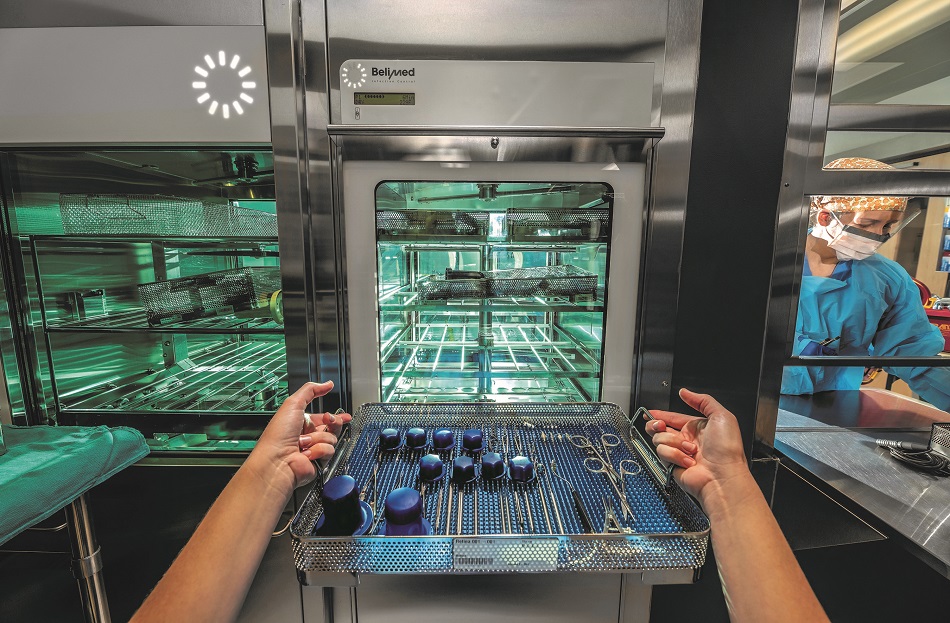
Nick Mamalis, MD, has spent more than a decade helping hospitals around the country protect eye surgery patients from a rare but potentially sight-threatening inflammatory syndrome known as TASS.
Toxic Anterior Segment Syndrome (TASS) can be caused by a wide variety of non-infectious agents introduced into the eye, including small traces of cleaning agent residue left on surgical instruments.
But that wasn’t widely known in 2006 when the American Society of Cataract and Refractive Surgery called on Mamalis to find the causes of a mysterious and widespread outbreak of TASS. He identified poor instrument sterilization techniques among the culprits.
Now, a task force co-chaired by Mamalis has issued new, evidence-based guidelines for the cleaning and sterilization of intraocular surgical instruments. The guidelines address all aspects of cleaning and sterilization, including the use of short-cycle steam sterilization on instruments that will be reused on the same day and the use of enzymatic detergent.
The Trouble with Enzymatic Detergents
Manufacturers’ directions for use had required the use of enzymatic detergent to clean many instruments. But Mamalis discovered minute amounts of detergent residue on instruments that underwent sterilization and thorough rinsing.
"We were able to provide research proving that, first of all, you can’t get rid of all the enzymatic detergent that’s left on an instrument, and secondly, that it causes TASS," said Mamalis. "That led us to recommend enzymatic detergents not be used."
His research also demonstrated the efficacy of short-cycle steam sterilization, which cuts down on drying time and allows instruments to be quickly reused. The method protects patients and can lower health care costs by reducing the number of instruments and packaging needed.
"The task force used research to determine how we can provide optimal safety for our patients in the most efficient manner," said Mamalis, "and that’s why I think these guidelines are really important."

New Leadership Role
Nick Mamalis, MD, will serve as president of the American Society of Cataract and Refractive Surgery in 2019-2020. The international society of ophthalmic surgeons, with more than 8,000 members, works to advance ophthalmic surgery.